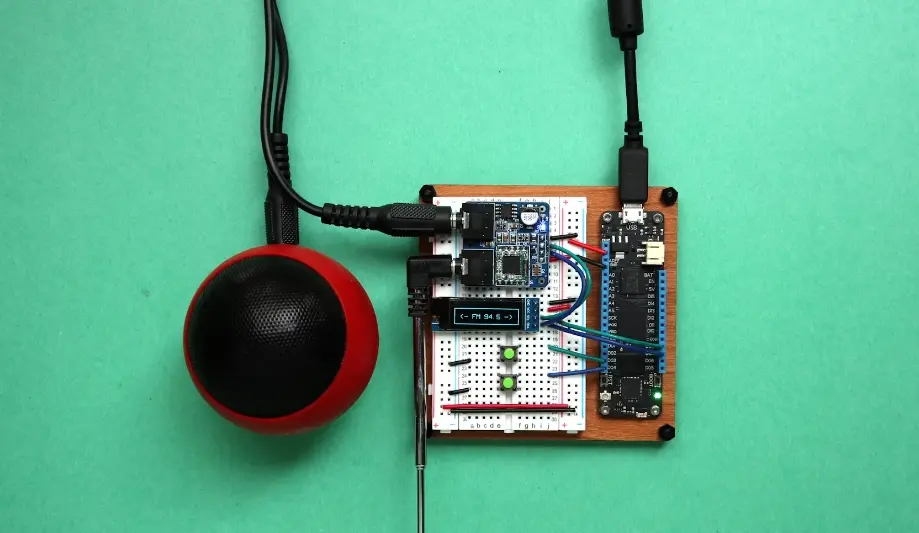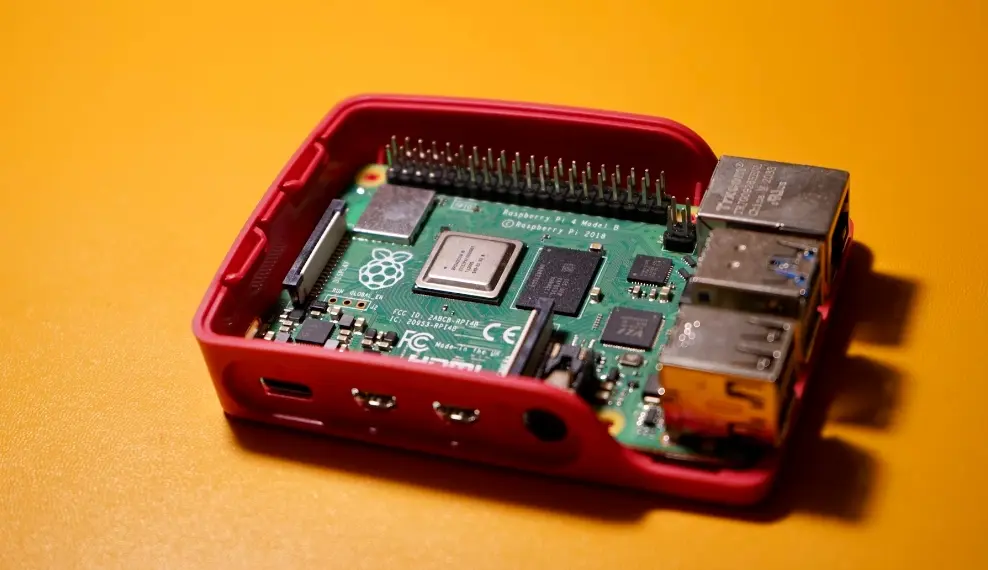
Textile Label Laws for Rugs
One of the most critical challenges when entering the U.S. market is product quality certification. Among these, compliance with textile labeling regULations is especially strict. Noncompliance can lead to product removal from shelves or even legal risks. What are the key points of the U.S. regulation 16 CFR 303 on fiber content labeling?

Purpose of the Regulation
Ensure consumers receive accurate information regarding fiber content, country of origin, and manufacturer. The regulation aims to eliminate false advertising, protect consumer rights, and maintain fair competition.
Related Regulation: Must also comply with 16 CFR 423 (Care Labeling Requirements) to ensure complete label information.
Applicable Product Scope
Products that must be labeled:
- Clothing (excluding hats and footwear)
- Handkerchiefs, scarves, bedding, curtains, tablecloths, carpets, towels, etc.
Exempt products (no labeling requiRED):
- Belts, garters, armbands, permanently knotted neckties, garter belts, sanitary belts, diaper liners, labels, book cloth, art canvas, tapestries, shoelaces
- Products made by a company and sold exclusively to its own employees
- Coated fabrics and products made from coated fabrics
- Second-hand household textile fiber products
- Disposable nonwoven products, among a total of 8 exemption clauses
Key Requirements for Fiber Content Labeling
1. Content Declaration Rules
- Fiber names: Use standardized names (e.g., Cotton, Polyester)
- Order: Listed in descending order by percentage; total must equal 100 percent
- "Other fiber(s)" must be listed last
- Special rules:
- Fibers less than 5 percent must be labeled as "other fiber(s)" unless functional
- Wool or recycled wool must be identified even if less than 5 percent
2. Tolerance Range
- Tolerance is allowed for fiber content percentages
- Blended fibers: ±3.0 percent
- Single-fiber fabrics: zero tolerance
Special Exemption Clauses for Certain Products
1. Trim Exemption for Household Textiles
- Trims used in garments or household textile products
- Includes ruffles, ribbons, waistbands, ties, decorative bands, labels, collars, cuffs, wristbands, garters, belts, linings, gussets, piping, etc.
- Elastic materials added for structural reinforcement (e.g., sock openings)
- Decorative elements like embroidery, overlays, appliqués — if not labeled, must state "exclusive of elastic"
- If decorative materials cover no more than 15 percent of product area, content may be omitted; label must state "exclusive of decoration"
- If elastic decorative components are part of the fabric and cover no more than 20 percent of the total surface area, content may be omitted but must include "exclusive of decoration"
Example: 100% Polyester (exclusive of elastic)
2. Products with Linings, Interlinings, Fillings, or Padding
- Structural linings, paddings, and interlinings are exempt
- Warmth-providing linings, paddings, or fillings must be declared
- Even if the lining content matches the outer fabric, it must be listed separately if used for insulation
Example:
Interlining: 100% Rayon
Covering: 100% Rayon
Filling: 100% Cotton
3. Labeling for Pile Fabrics and Related Products
- For fabrics with a pile, the fiber content of both face and backing must be listed, with proportions indicated
Other Mandatory Label Information
- Country of origin: Must be clearly stated (e.g., Made in China)
- Manufacturer/Importer information: Name or registered identification number must be shown
- Care instructions: Must comply with 16 CFR 423
- Label placement: Clothing labels must be placed at the neck; socks may have labels on the packaging
Additional Requirements
- English language, consistent and legible font size (16 CFR 303.16(b))
- Accurate, non-deceptive fiber performance descriptions allowed (16 CFR 303.16(4))
- Fiber trademark and generic names may be listed together (16 CFR 303.17)
Email:hello@jjrlab.com
Write your message here and send it to us
 New METI Registration Regulations in Japan
New METI Registration Regulations in Japan
 Attention for Amazon Japan Sellers: New PSE Regula
Attention for Amazon Japan Sellers: New PSE Regula
 Compliance with Japanese Representative & METI
Compliance with Japanese Representative & METI
 ZigBee-LoRa-Z-Wave Product compliance testing
ZigBee-LoRa-Z-Wave Product compliance testing
 Compliance Testing for FM/AM/DAB/DMB Broadcast Rec
Compliance Testing for FM/AM/DAB/DMB Broadcast Rec
 NFC/RFID Product Compliance Testing
NFC/RFID Product Compliance Testing
 IEC 62368 Safety Standards Test Items and Requirem
IEC 62368 Safety Standards Test Items and Requirem
 How to Obtain EU EN 62368 Compliance Certification
How to Obtain EU EN 62368 Compliance Certification
Leave us a message
24-hour online customer service at any time to respond, so that you worry!




